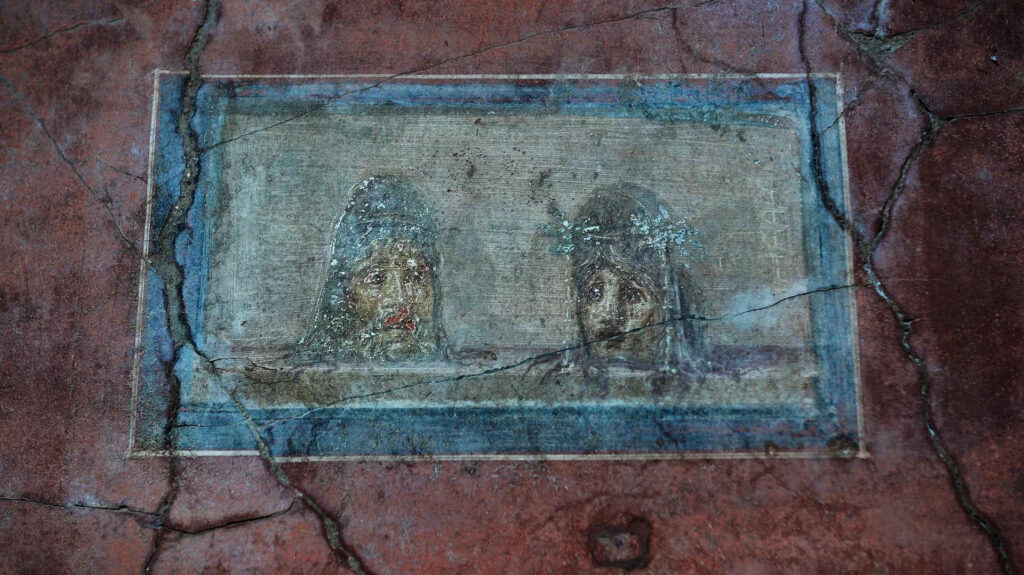
An archeological site in the former Italian city has revealed children’s stick figure doodles of gladiator battles, indicating that Roman youth as young as five or seven attended the violent shows, according to the experts who assessed the drawings.
Pompeii was an ancient city built near modern-day Naples, Italy. The city and over 10,000 of its inhabitants were wiped out by the eruption from the nearby volcano Mount Vesuvius in 79 AD which buried the site for nearly 1,500 years before its eventual rediscovery.
Recent archeological research at I’Insula dei Casti Amanti (part of Pompeii’s Archaeological Park) comes amid a stream of discoveries, during which a team of specialists recovered children’s charcoal drawings that are nearly 2 millennia old.
A local courtyard’s walls had scribbles depicting armed fighters confronting each other with two hairy beasts in the background, most likely boars. The fragile line drawings withstood the Vesuvius eruption, which buried the Roman city under layers of ash and pumice.
According to the archaeologists, the discovery provides valuable insights into childhood during ancient Roman times. The discovery prompted experts to believe that witnessing such scenes at a tender age must have had an adverse impact on the psyche.
The drawings are now being looked at by child psychology experts from the University of Naples Federico II. Notably, the sketches look remarkably similar to what today’s children kind might come up with.
“In all likelihood, the drawings of the gladiators and the hunters were based on direct experience rather than pictures,” said Gabriel Zuchtriegel, director of the Archaeological Park of Pompeii.
The city had an amphitheater of its own akin to Rome’s Colosseum that would put up gladiator fights and wild animal hunting shows. The spectacles were highly popular among the nobility and commoners alike.
Archaeologists also uncovered two skeletons, one male and one female, who perished in the volcanic eruption while seeking shelter in a corridor.
Additional frescoes found at the site illustrated mythological scenes with centaurs, sirens, and griffins, as well as depictions of some Greek and Roman deities like Apollo, Aphrodite, and Dionysus.